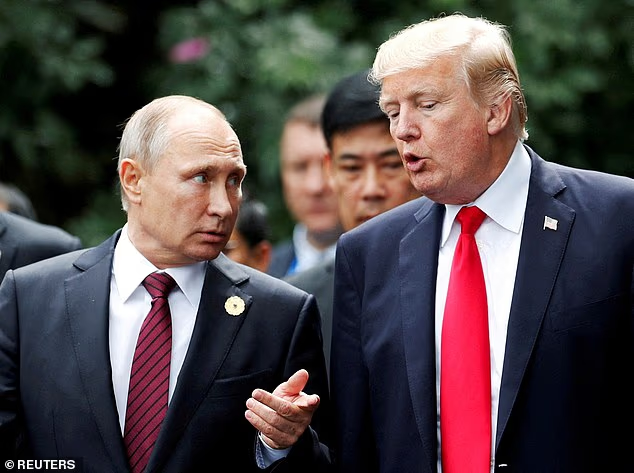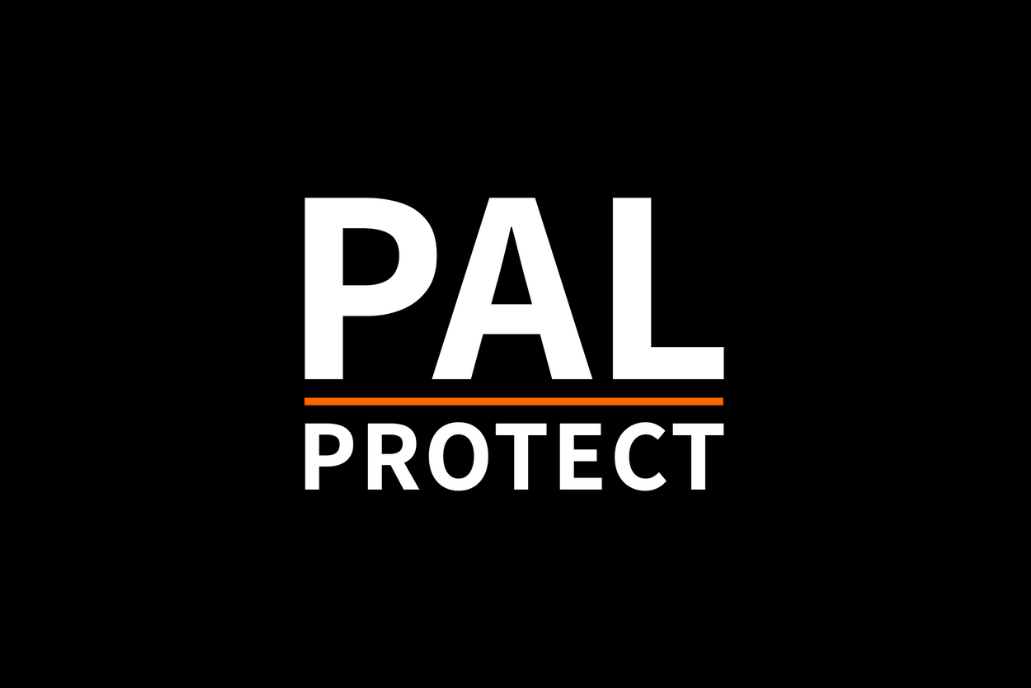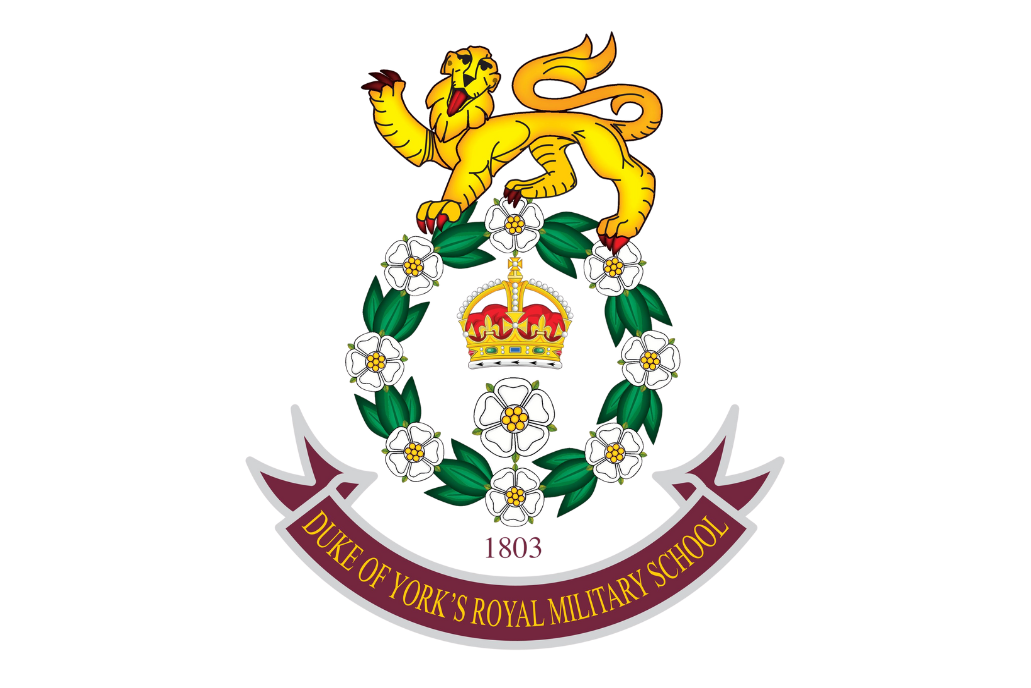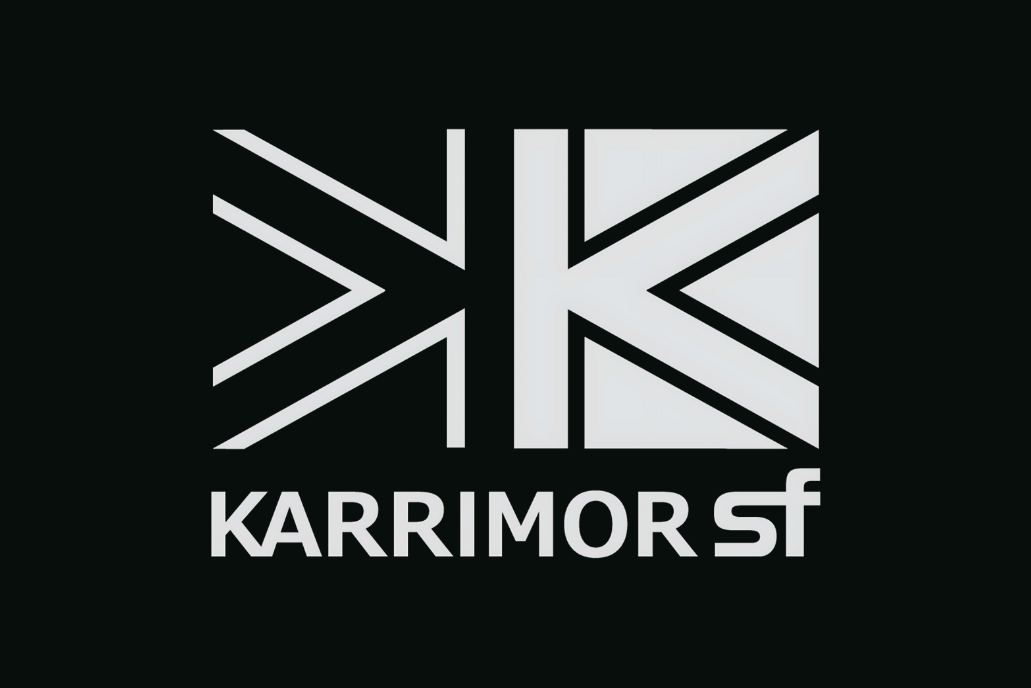Vladimir Putin is preparing to test one of Russia’s most controversial weapons just hours before meeting Donald Trump in Alaska, in a move likely to inflame already tense relations.
Satellite images from the remote Pankovo test site on Novaya Zemlya in the Barents Sea show a sharp increase in activity, including the arrival of ships, aircraft, heavy equipment and personnel. Experts say the build-up points to a possible launch of the nuclear-powered, nuclear-armed Burevestnik cruise missile, known to NATO as “Skyfall”.
Researchers Jeffrey Lewis of the Middlebury Institute of International Studies and Decker Eveleth of the CNA research organisation have tracked preparations at the site since July. Their findings are supported by a Western security source who confirmed Russia is moving towards a Burevestnik test.
Two aircraft equipped with radar domes have been parked at Rogachevo military airfield since mid-July, and at least five ships associated with earlier trials are now in the area. Ship-tracking data shows a sixth vessel, the Teriberka cargo ship, heading towards Novaya Zemlya this week.
Putin has described the Burevestnik as “invincible” and capable of evading all missile defences with an almost unlimited range. However, its record is poor, with only two partial successes from 13 known tests, and concerns remain over the potential release of radioactive material during flight.
Some analysts believe the test was planned long before the summit was announced. Others suggest Putin could have delayed visible preparations to show willingness to ease tensions and restart arms control talks, but chose not to.
The possible launch comes as Trump has warned of “very severe consequences” if Russia refuses to halt its war in Ukraine. European leaders say the US president has agreed to make an immediate ceasefire the top priority during Friday’s talks, which will set the stage for a second meeting involving Ukrainian President Volodymyr Zelensky.
Trump has indicated that if he does not receive the assurances he seeks, there will be no follow-up summit. While he has not specified the nature of the consequences, reports suggest he may offer access to rare earth minerals, including those in Alaska and Russian-occupied Ukrainian territories, in exchange for peace.
In recent days, Vice President JD Vance has declared the administration’s mission is to “bring peace to Europe once again”, following a week of discussions with UK Foreign Secretary David Lammy. European leaders, including Sir Keir Starmer, have signalled readiness to deploy a reassurance force if peace talks advance.
Zelensky, speaking after a virtual meeting with Trump and European leaders, described the talks as constructive and insisted that sanctions are hitting Russia’s war economy despite Putin’s claims to the contrary. German Chancellor Friedrich Merz reiterated the need to apply more pressure if Moscow resists peace efforts.
With preparations for the Skyfall test apparently accelerating, the Alaska summit now risks being overshadowed by one of the most dangerous weapons in Russia’s arsenal. The outcome could determine whether the coming weeks bring progress towards a ceasefire, or an escalation in tensions between Washington and Moscow.
















